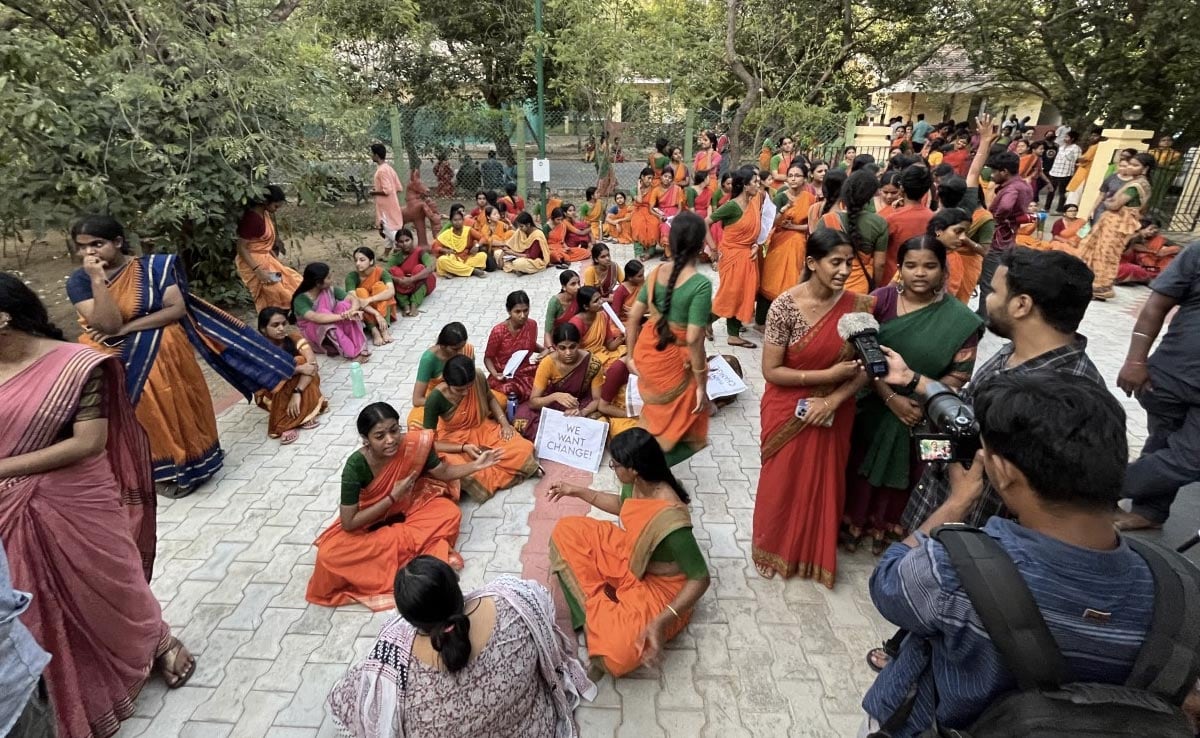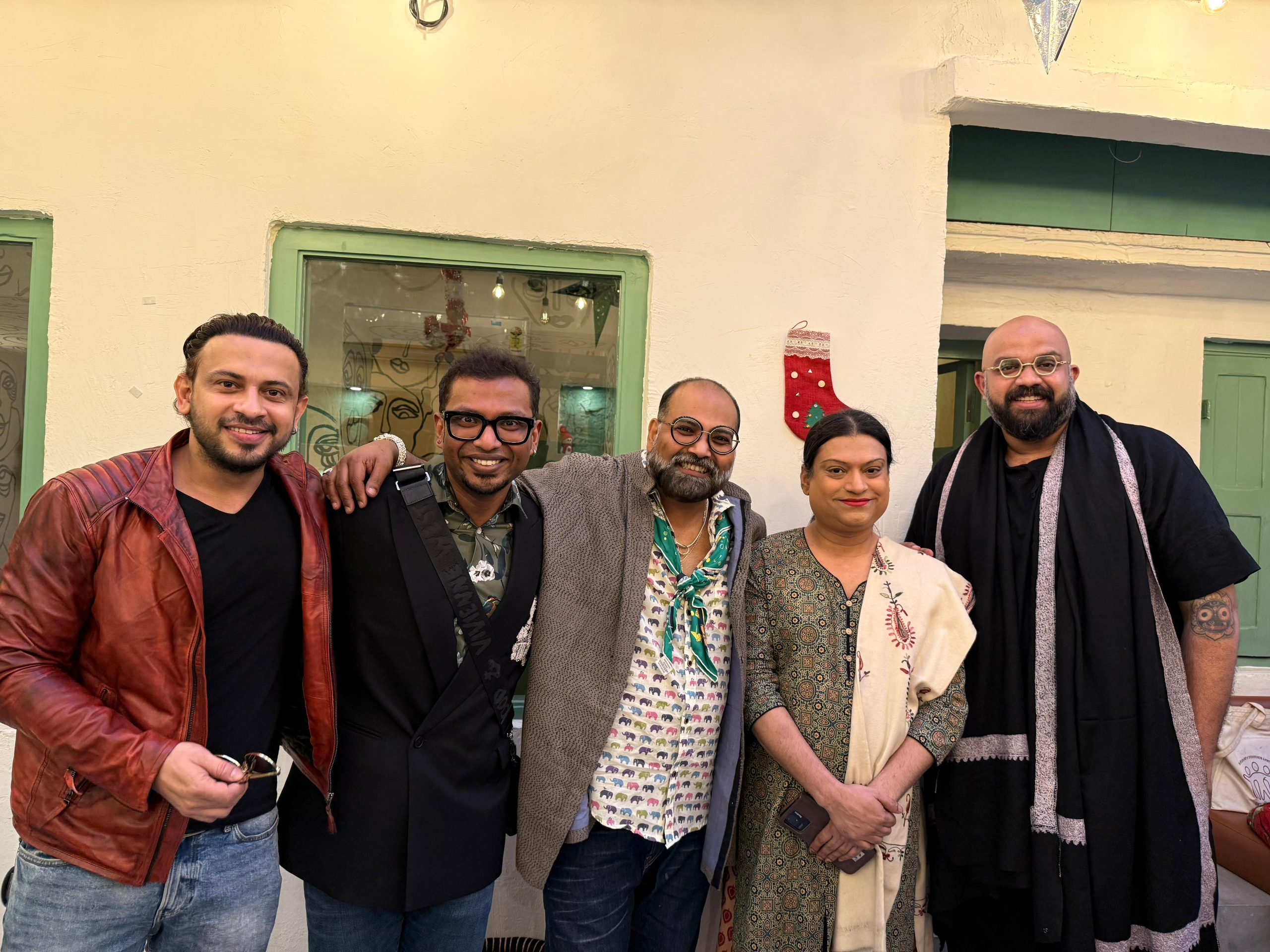Trigger Warning: Mention of Sexual Abuse
With numerous women coming to the front, revealing the sexual harassment that they had to face, the #MeToo movement that has shuddered India’s media, film, entertainment, literature, economic, and political realms has also caused a commotion in the performing arts. What occurred to me was seeing a woman cry as I was dancing as “Rambha” in a Mohiniyattam performance, all the while a prestigious Indian dance school was embroiled in the #MeToo scandal. Rambha was supposedly sexually assaulted by Ravana while on her way to see Nalakubera. I had no clue how profoundly her emotions would alter my understanding of how art can affect its audience. The ongoing Kalakshetra controversy took shape when former Kalakshetra director Leela Samson wrote on Facebook in December 2022 about how several students were still being subjected to sexual harassment by the ‘most influential person’ in the Rukmini College of Fine Arts who was misusing his position of authority.
Following Samson’s post, CARE Spaces (Conscientious Artistes Rallying for Ethical Spaces in the Indian Arts Community), an NPO, declared that they would extend their support and solidarity to survivors and allies in Kalakshetra due to numerous allegations of abuse of power, controlling opportunities for personal gain, and disregarding complaints.
On March 19, Kalakshetra posted a statement on its website announcing that the ICC had initiated the investigation on its own. The statement read, “Enquiries were conducted with complete confidentiality and the committee did not find merit in the allegations”. The committee declared them as “mostly manufactured” and “aimed at maligning” Kalakshetra’s reputation.
On March 19, Kalakshetra posted a statement on its website announcing that the ICC had initiated the investigation on its own. The statement read, “Enquiries were conducted with complete confidentiality and the committee did not find merit in the allegations”. The committee declared them as “mostly manufactured” and “aimed at maligning” Kalakshetra’s reputation.
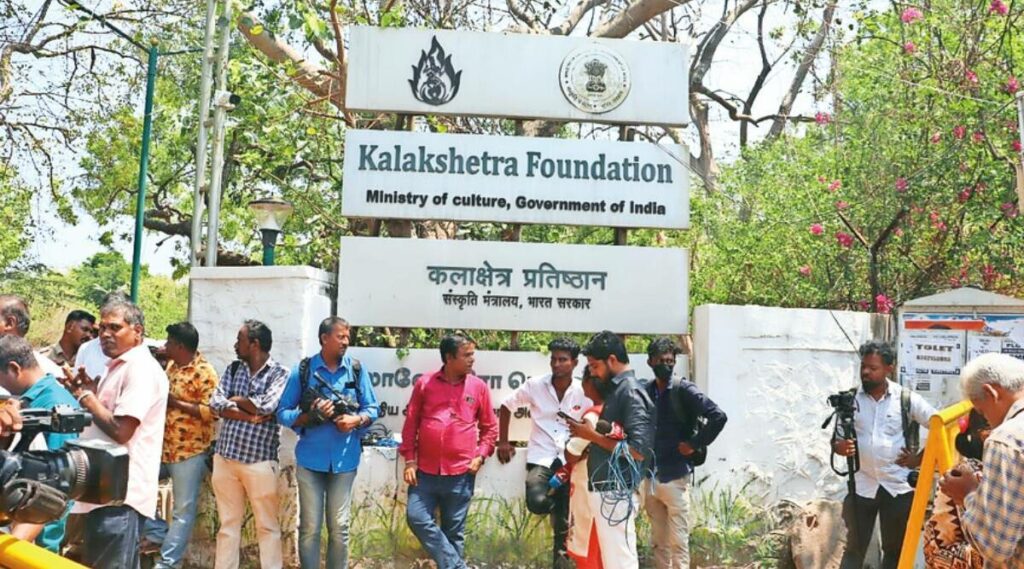
The claims as such which are now blatantly intimidating students highlight the difficult battle that young women must wage when they face a powerful organisation with a storied reputation, one that has an internal PoSH ( Prevention of Sexual Harassment) committee that goes through the formalities only on paper.
Rituparna Pal, an alumnus of Kalakshetra said to The Federal that “Victim blaming and body policing were part and parcel of the dance history and practice taught in Kalakshetra”. The students were daring to step out and speak up against the powerful figures whose influence could jeopardise their entire career by remaining within the close-knit microcosms of this field. If the student who speaks up is marginalised due to caste, class, religion, gender, or sexuality, the danger is vehemently exacerbated. The issue highlights how “We need to think of the larger picture to understand the skewed power dynamics between patriarchal figures and dancing bodies,” mentions Nrithya Pillai, dancer-activist, in her article.
It is key to take into account the caste framework upon which these spaces are constructed. All these appropriations and construction of hierarchies have worsened these spaces further making it undesirable for the lowered caste communities to feel included. The sanitisation of art forms resulted in pushing the original creators to the periphery entirely leaving out the devotional, artistic and intellectual aspects of their practice. For instance, the art form of Thullal is said to have been developed by upper caste artist Kunchan Nambiar using components from the Parayan Thullal, Pulayanattoms, and Padayani, all subaltern styles of ceremonial dance. Folk influences are prevalent in classicalised arts like Kathakali but are rarely acknowledged.
Nrithya also says to FII that the problematic histories of cultural appropriation at the heart of most forms we call “classical” today are also the reason for the power hierarchies that are considered supreme and sacrosanct today. She adds, “Be it Kathak , Bharathanatyam or any form – then there is the abuse of that Brahminic power that is vested upon the ‘guru’”.
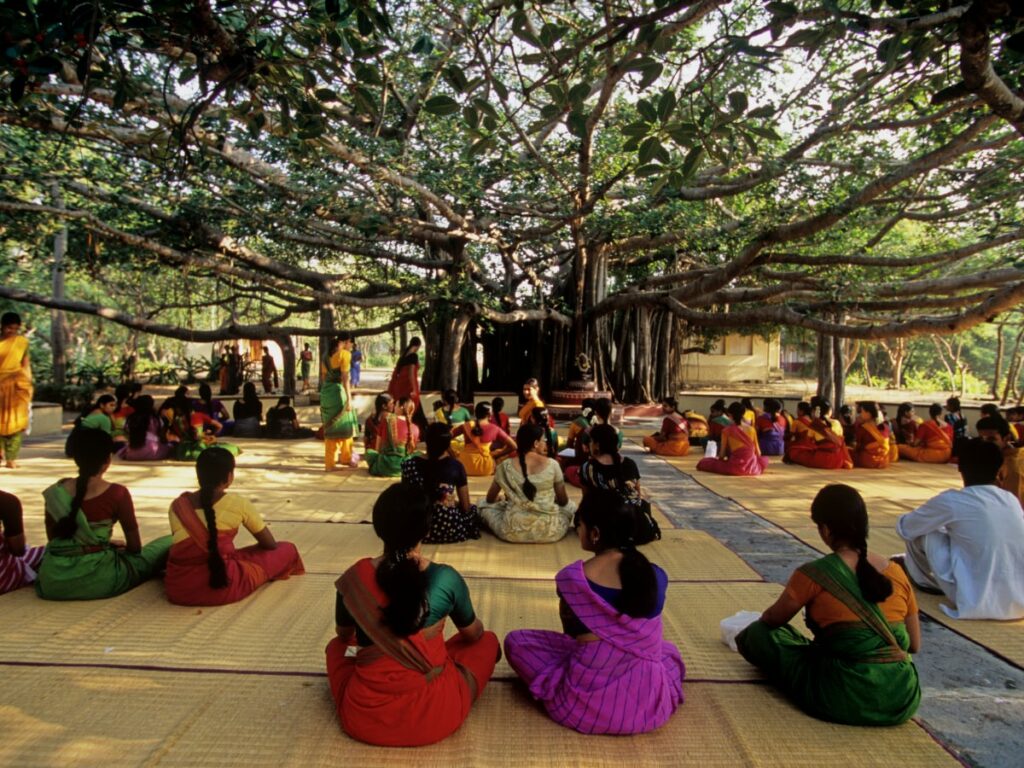
After an FIR contending sexual harassment was filed against Pt. Ravi Shankar Upadhyay, a renowned pakhawaj player and guru at the Kathak Kendra, one of India’s leading dance institutes and a constituent unit of the Sangeet Natak Akademi, established an internal complaints committee (hereinafter “ICC”) for the first time. Two disconcerting observations must be made in light of the ICC’s delayed creation and the rise of similar accusations.
Also Read: Carnatic Music’s #MeToo: How Media Defeated The Cause By Enabling The Artistes
First, despite the fact that even the most prestigious arts organisations, like Kalakshetra, are notorious for being an epicentre for sexual harassment owing to the #MeToo movement, there are no grievance redressal systems functioning at any of these institutions. The predatory behaviour of the male teachers and organisers that the victim, mostly female. always has to put up with, comes along with the demand that “we are supposed to surrender tan-man-dhan (body-mind-material) to our gurus”. The voice of a teacher in Chaitanya Tamhane’s most recent, critically acclaimed film The Disciple sums it all up: “Classical music is an endless effort to achieve the Divine. You must learn to go through hardship and misery in order to get there.“
The annual Margazhi season, which features classical music and dance in Chennai, was marred by controversy and had prominent figures in the industry accused of sexual harassment. The sparks faded and were never brought up again after the sabhas blacklisted some individuals and forbade them from performing despite those names never leaving the inner circle. The seven artists include season regulars like N Ravikiran, OS Thyagarajan, Mannargudi A Easwaran, Srimushnam V Raja Rao, Nagai Sriram, R Ramesh and Thiruvarur Vaidyanathan.
Following the passing of renowned Kathak Guru Birju Maharaj, a number of Kathak dancers came forward on social media to share their harrowing experiences, sparking a discussion about the seriousness of the abuse associated with the exalted guru-shishya culture in the classical dance. The late Birju Maharaj’s name appeared at the forefront of the controversy around the #MeToo allegations. What started as a well-known Kathak performer’s Instagram post has since sparked a community uproar.
Following the passing of renowned Kathak Guru Birju Maharaj, a number of Kathak dancers came forward on social media to share their harrowing experiences, sparking a discussion about the seriousness of the abuse associated with the exalted guru-shishya culture in the classical dance. The late Birju Maharaj’s name appeared at the forefront of the controversy around the #MeToo allegations. What started as a well-known Kathak performer’s Instagram post has since sparked a community uproar. A tweet reads, “Serial sexual harasser Birju Maharaj, whose unchecked predations drove away so many students from Kathak, dies at 83 without being punished or even formally called out by the Indian classical dance community”. The disturbing confessions of his disciples through various Instagram posts, reveal how incredibly gruesome and pathetic a person can be.
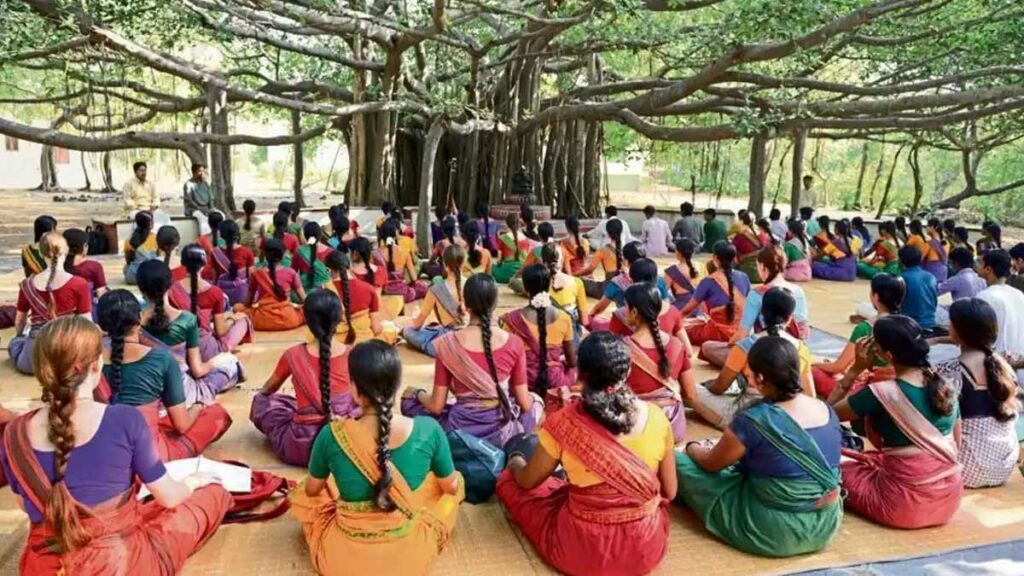
“The Kalakshetra protest has initiated several conversations about harassment and power hierarchies in the field of dance. I believe that the democratisation of art forms is of utmost importance to ensure that certain sections of people do not act as the gatekeepers of traditions. A transparent grievance redressal system needs to be in place in every institution. Though ICC is mandatory and it exists in educational institutions, accessibility and prompt action is a huge question. The presence of an elected student member on the committee would ensure transparency and accountability. GS CASH system followed in some universities can be taken as an example,” says Sreekala, who is a dancer and a PhD scholar at JNU.
“This protest and the efforts to silence the students reminded me of #MeToo statements against Birju Maharaj. As he was ‘the icon’ of Kathak and considered a superstar in the field of dance, several victims refused to make public statements. The few that came out also went away. Nobody reacted while he was alive, several established performers supported the victims after he passed away. This shows the kind of power structures that exist.”
Sreekala, PhD Scholar, JNU
Many of these dancers claimed that despite their love for their art, they were compelled to give it up because of the trauma of experiencing abuse as children, teenagers as well as adults. Another victim, who was a teenager at the time of the incident, described how Maharaj touched her inappropriately, when they were taking class. Despite her love for Kathak, she also said that she never returned to the class. The incident and subsequent occurrences prompted dancers to share other accounts of abuse by numerous Kathak Gurus.
Also Read: #MeToo In Sports: Why The US Men’s Fencing Team Wore Pink Masks At The Olympics
An unnamed 41-year-old woman who claims to have studied under one of Birju’s disciples described how she was sexually assaulted when she was six years old. Kathak dancers were disclosing all the horrible things they have had to go through, from body shaming to being asked for sex as payment. However, the tight-knit community serves as a dressing for these atrocities, and regrettably, most frequently, women are also involved in protecting abusers.

“This protest and the efforts to silence the students reminded me of #MeToo statements against Birju Maharaj. As he was ‘the icon’ of Kathak and considered a superstar in the field of dance, several victims refused to make public statements. The few that came out also went away. Nobody reacted while he was alive, several established performers supported the victims after he passed away. This shows the kind of power structures that exist,” Sreekala adds.
A neoliberal consumerist belief that prevents us from engaging with ideas is the idea that art should be seen as having no social character and responsibility. It is a component of the bourgeois state ideology that extols revolutionaries while stripping them of their principles. Living during a revolution means unwaveringly supporting it at every turn and in every way. The revolution of our time must also fight against this hypocrisy when the public defend the offenders while ignoring contemporary discourses on gender, caste, and sexuality.
All forms of abuse and victim blaming have been fueled by the power hierarchy in the traditional guru-shishya parampara (Teacher-Disciple tradition) and the expectation from the disciple to entirely surrender to and depend on the guru.
A few years ago, charges of sexual assault rocked the world of Hindustani classical music as well, with some well-known performers being implicated as the perpetrators. Despite the fact that many artists showed their support for survivors, the incident was quickly forgotten. There is a strange silence this time, especially in the Kalkshetra incident, from the mainstream, which is concerning given how the media has previously covered the #MeToo movement.
Does art have a moral obligation to society, and can art flourish independently of this obligation? Definitely, yes. A neoliberal consumerist belief that prevents us from engaging with ideas is the idea that art should be seen as having no social character and responsibility. It is a component of the bourgeois state ideology that extols revolutionaries while stripping them of their principles. Living during a revolution means unwaveringly supporting it at every turn and in every way. The revolution of our time must also fight against this hypocrisy when the public defend the offenders while ignoring contemporary discourses on gender, caste, and sexuality.
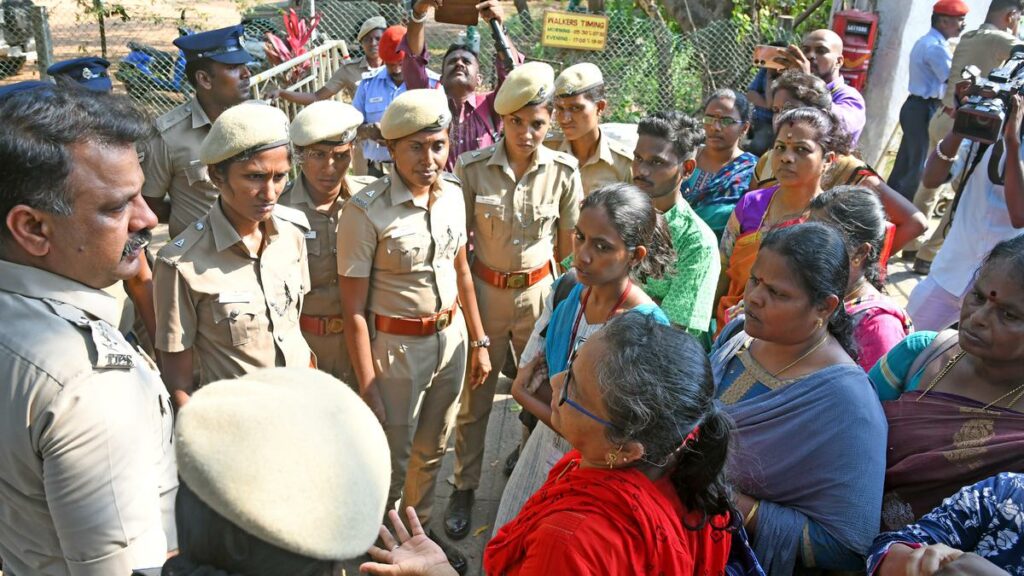
Art has always been instrumental in paving the way for accommodating concerns and solicitousness catering to social, cultural as well as political space. The artist, thus irrespective of his geographic and demographic limitations is none but a mirror of the society. When the artist is corrupted, the art loses its sanctity, splendour and divinity. The whole processes of social modification and social constructivism are severely perturbed and it is no way different in the Kalakshetra incident.
Also Read: Priya Ramani’s Victory Is A Hope For Many Who Said #MeToo
It is also imperative to realise and ponder upon the intrinsic power dynamics that act as hindrances in bringing out truth and justice within the accusations that are sought for redressal. Unerring systemic support is not a mercy but a right for every individual and if it’s not relinquished, struggles will continue.
And it goes without saying that as long as we keep defining our existence, resistance keeps boiling because since time immemorial art has always stood for veracity, redemption and hope.
